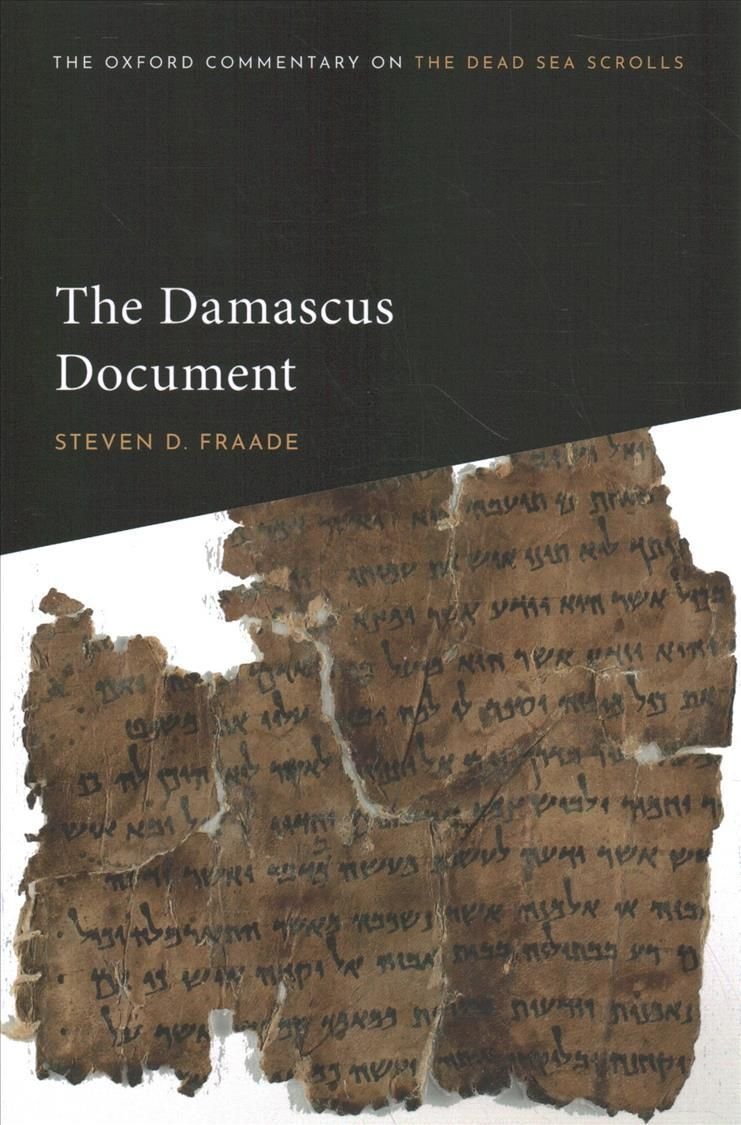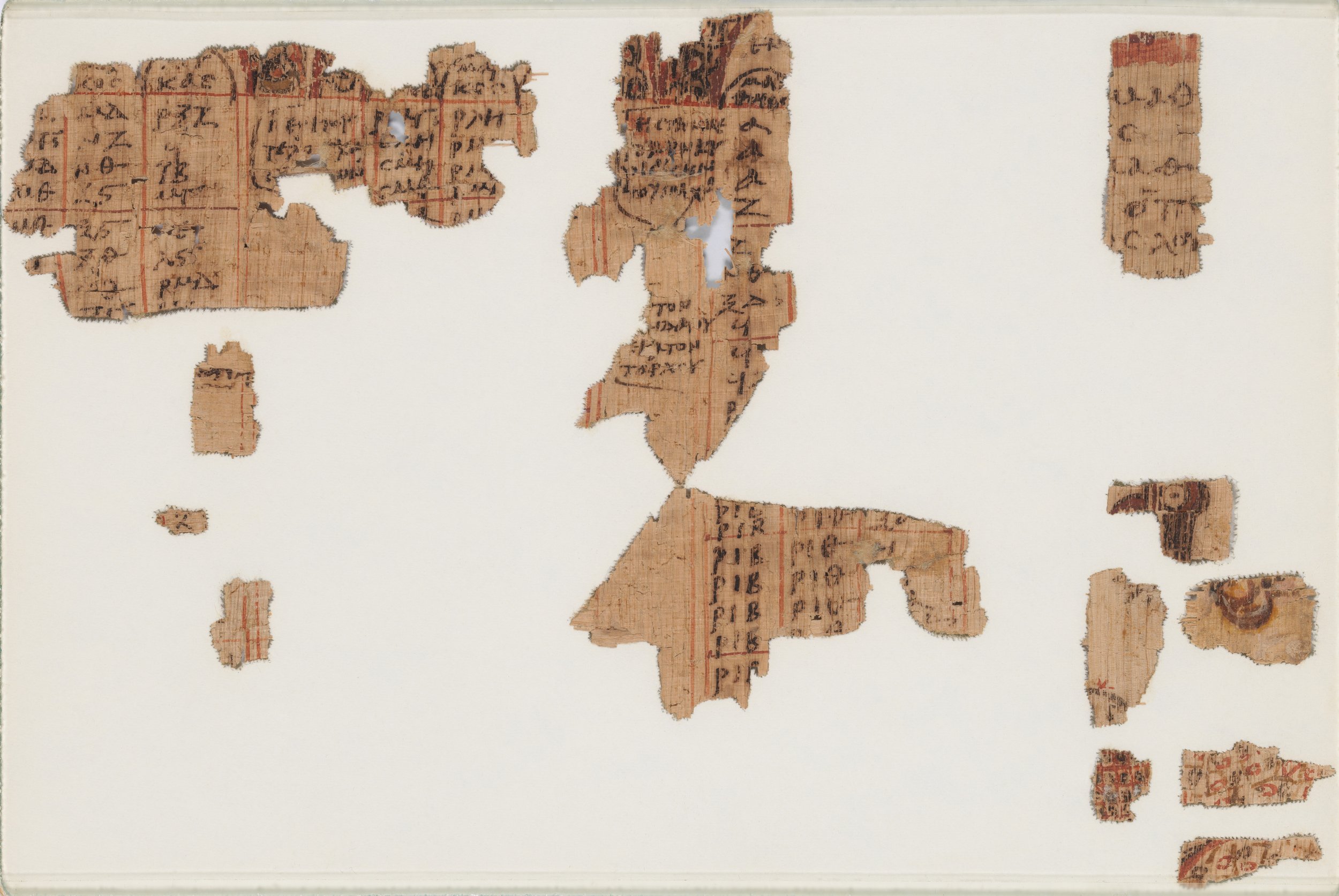Fraade’s balanced and succinct style of commentary is… a product of and testament to the author’s meticulous use of the comparative method and will surely contribute to conversations between scholars of Scrolls and specialists in cognate fields.
Read MoreMoses Was an Animal, and Other Insights from Animal Studies
Dr. Beth Berkowitz interviews the two co-chairs, Dr. Suzanna Millar and Dr. Sébastien Doane of the Society for Biblical Literature’s new program unit in “Animal Studies.”
Read MoreMaterials That Make Difference
The case of the Jewish catacombs exemplifies how scholars of the ancient world have long worked with undertheorized ideas about religious identities, religious communities, and the relationship between material culture and lived religion, among other things.
Read MoreThe Early Modern Invention of Late Antique Rome
Denzey Lewis poses the provocative question: how did Rome become holy? The answer, as we see by the end of this book, lies mainly in the logic behind the compilation of the sources rather than in the sources per se.
Read MorePublication Preview | A Life of Psalms in Jewish Late Antiquity
The Psalms Scroll from Qumran, image courtesy of Wikimedia Commons
The Psalms Scroll from Qumran, image courtesy of Wikimedia Commons
The Psalms anthologize some of the poetry that circulated in ancient Israel and the Second Temple period. They are not fun to read—let alone straight through. No narrative arc or compelling character draws one into their pages. And the poems are often repetitive, sometimes boring and nonsensical. So why did my mother—and countless others like her—find reading the Psalter as part of their life’s routine meaningful?
Read MoreAJR Conversations I The Myth of the Twelve Tribes of Israel
We’re talking about my recent book, The Myth of the Twelve Tribes of Israel, and it is about people who have claimed to be ancient Israel—or had that identity claimed for them—from biblical times to the present. More specifically, it is about how all these groups used the same tradition, the tradition of the twelve tribes of Israel, to fashion Israelite identities for themselves. So it’s called what it’s called because it’s about the power of this one tradition—which is what I mean when I say myth, not a false story but a powerful cultural tradition—among many different groups, starting with biblical Israel.
Read MoreThe Boundaries of Jewishness in the Southern Levant 200 BCE–132 CE: Power, Strategies, and Ethnic Configurations
The key concept which Van Maaren brings to the study of ancient Jewish ethnic identity is Andreas Wimmer’s approach of ethnic boundary making, outlined in Wimmer’s 2013 book. This approach gives less focus to the question of what makes an ethnicity, and more to how such attempts to create and define ethnicity are important.
Read MoreBackstage with Staging the Sacred
Fresco with a theatre mask and Nilotic scene, from the Temple of Isis at Pompeii (courtesy of Wikimedia commons)
Fresco with a theatre mask and Nilotic scene, from the Temple of Isis at Pompeii (courtesy of Wikimedia commons)
In some ways, Staging the Sacred proved a thoroughly disconcerting study. As I wrote it, I was continually reminded that the texts I have spent my career learning to read are, in practical terms, far removed from the actual phenomena I so wanted to study, the experience of the ancient synagogue. The texts resemble two-dimensional, frozen echoes from which I have tried to coax ghostly traces (perhaps illusions) of more dimensions. In the end, these poems—each a gem in its own way, a stone in the gorgeous mosaic of late antique hymnody—yielded up more insight than I might have thought they would.
Read MoreTransing the Talmud or Reading the Talmud "Badly"
Max Strassfeld introduces the methodological interventions of Trans Talmud (UC Press, 2023).
Read MoreDead Words and Haunting Melody: Unexpected Influences with Seth Sanders
Seth Sanders shares how music, and in particular Yom Kippur liturgy, inspired his thinking about ancient texts.
Read MoreAJR Conversations | Writing about Demons
AJR Conversations | Trauma Theory, Trauma Story
Michelangelo, Ezekiel (1508-1512). Image courtesy of Wikimedia Commons.
Michelangelo, Ezekiel (1508-1512). Image courtesy of Wikimedia Commons.
What I tried to do is carry out trauma’s movement and plurisignifcation—its constant intertextual attaching onto thing after thing after thing—by adding layer upon layer of intertextual exegetical examination, sometimes (often times?) without spending too much time in any one place.
Read MoreDisplaying The Literary Artistry of P
Liane Feldman explores the process of developing her edition of P in The Consuming Fire (UC Press, 2023).
Read MoreRereading Reading Renunciation
How I Give Oral Finals
“I want to resist the impulse to see my students as numerical marks to be ranked against each other. Instead, I encourage their individuality, unique ways of seeing the world, and habits of thought to become partners in the evaluation process.”
Read MoreA Brief History of the Hebrew Israelites
A sculpted ceramic clock, by Michael Silverstone, depicting emblems of the twelve tribes of Israel surrounding a reconstruction of the Temple. Image courtesy of Wikimedia commons.
A sculpted ceramic clock, by Michael Silverstone, depicting emblems of the twelve tribes of Israel surrounding a reconstruction of the Temple. Image courtesy of Wikimedia commons.
You may not know it, but you live in a world full of Israels. If there aren’t groups claiming descent from the ancient Israelites on every continent, it is only for this reason – that Antarctica isn’t trying hard enough. And strange as it may seem at first blush, it really makes a lot of sense.
Read MoreMonopoly and Biblical Studies
As historical-critical scholars, we need to realize that we cannot be absolutely sure of our conclusions, and that like any discipline, they may change over time as the result of new evidence or new hypotheses that better explain old evidence...Yet—I know how uncomfortable these methods make many students from religious backgrounds. For that reason, in the very first class I introduce an image of a Monopoly board, and explain that my class is like the game of Monopoly.
Read MoreSBL 2022 Review Panel: Eusebius the Evangelist
AJR is pleased to host the #SBLAAR2022 review panel of Jeremiah Coogan's Eusebius the Evangelist: Rewriting the Fourfold Gospel in Late Antiquity (Oxford University Press, 2022).
Read MorePoetic Geography: Reading Eusebius’ Fourfold Gospel
Reading over Eusebius’s shoulder affords an opportunity to rethink what we are doing as Gospel readers.
Read MoreSimilar Things: Reflections On Eusebius The Evangelist
By naming Eusebius as an “evangelist,” however, Coogan asks scholars to take a further step and acknowledge that writing and reading are always already pre-determined by prior commitments and categories.
Read More

















